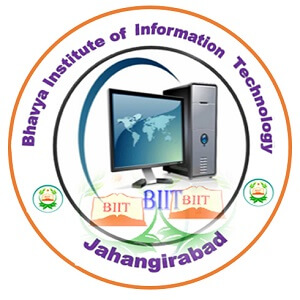
BIIT

Computer Fundamentals and Office Automation for All Classes |
|---|
Unit I |
|
Today’s era is the era of information(data) and therefore it has necessary to be familiar with computers. A Computer is an electronic data processing device, which receives and stores input data then processes the input data and generates the output in a required format. A computer has the ability to store, retrieve, and process data.
|
|
Since the creation of man, a significant amount of human activities has been described to organize and process information so that it could be more easily presented for easy comprehension. For same purpose many devices have been used in the past before the advent of computer. It is then necessary to get into their evolution.

Early computing machines:
1. Abacus (-2500BC): This is a hand-held device made of beads stung on rods in a frame. The rods correspond to positions of the digits while the beads correspond to the digits. 
2. Napier’s Bone (2500BC): This was invented by John Napier’s (1550 - 1617). This consists of small rods with appropriate markings on them. It is a mechanical aid to computation that consists of nine such rods (called bones) with one for each digit 1 through 9. He also invented logarithms which made possible to do division and multiplication by performing addition and subtraction.
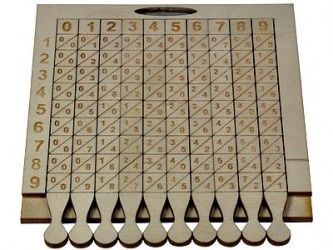
3. Slide Rule (1600AD) by William Oughtred (1575 - 660): He invented it in 1622 but announced it in 1632 this consist of rules on which markings represent logarithms of numbers and also permits calculation involving exponents, trigonometric functions, etc.

4. Pascal mechanical calculator (1600) or Numerical wheel calculator: Blaise Pascal (1623 -1664) in 1642 invented the first adding machine called Pascaline. The brass rectangular box used eight moveable dials to add and sum up of eight figures long using base 10. It can perform all the four arithmetic operation with previous unheard speed.
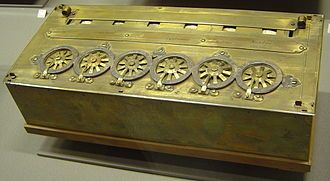
5. Leibnitz mechanical multiplier (1600): In 1694 Gottfried Wilhem Von Leibnitz (1646 -1716) improved upon the pascaline by creating a machine that can also multiply using a system of dials and gear.

6. Colmar’s Calculator (1820) by Charles Xavier Thomas de Colmar: This presented a more practical approach to computing.
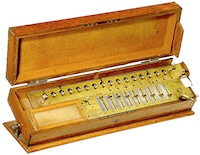
7. Punched-Card machine (Jacquard’s loom) (1801):Joseph Marie Jacquard.
.jpg)
8. Mechanical computer:Charles Babbage (1792-1871) Father of the computer. Difference engine powered by steam and large as locomotive the machine has a stored program and could perform calculations and print the result automatically. We also have Analytical engine credited to him.
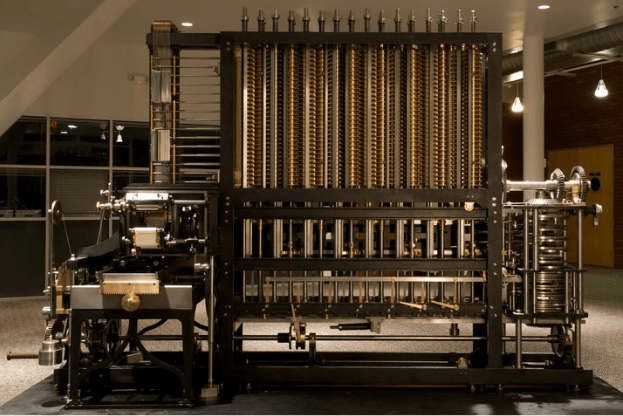 |
|
A computer has the ability to store, retrieve, and process data.
Nowadays, a computer can be used to type documents, send email, play games, and browse the Web. It can also be used to edit or create spreadsheets, presentations, and even videos. But the evolution of this complex system started around 1940 with the first Generation of Computer and evolving ever since.
There are five generations of computers. 1. FIRST GENERATION: 1946-1959 is the period of first generation computer. J.P.Eckert and J.W.Mauchy invented the first successful electronic computer called ENIAC, ENIAC stands for “Electronic Numeric Integrated And Calculator”. 
Examples:
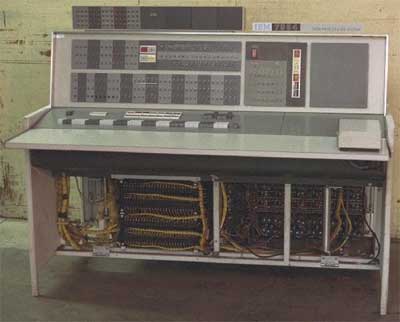
Examples:

Examples:

Examples:
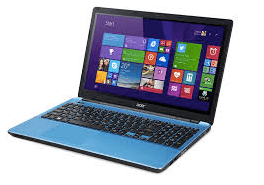 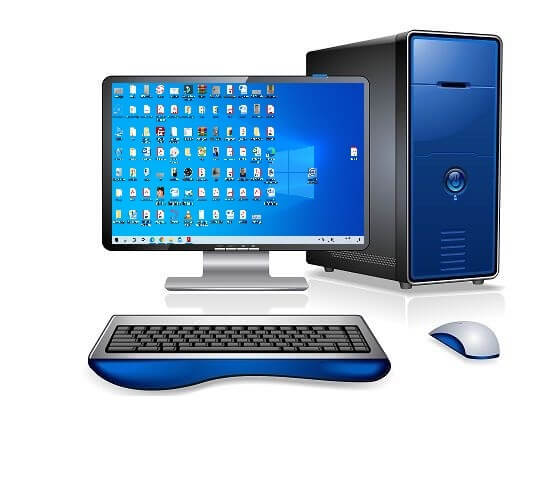 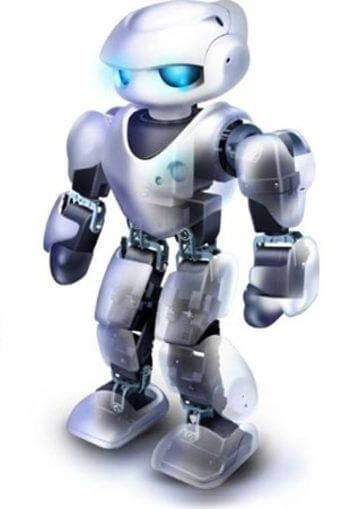
Examples:
|
|
The use of Computer has become very wide. There are various important characteristics that are discussed below:
Speed: Computer is a very fast device. It is capable of performing calculation of very large amount of data. The computer has units of speed in microsecond, nanosecond, and even in picosecond. It can perform millions of calculations in a few seconds as compared to man who will spend many months to perform the same task. Accuracy: In addition to being very fast, computers are very accurate. The calculations are 100% error free. Computers perform all jobs with 100% accuracy provided that the input is correct. Memory: Memory is a very important characteristic of computers. A computer has much more storage capacity than human beings. It can store large amount of data. It can store any type of data such as images, videos, text, audio, etc. Diligence: Unlike human beings, a computer is free from monotony, tiredness, and lack of concentration. It can work continuously without any error and boredom. It can perform repeated tasks with the same speed and accuracy. Versatility: A computer is a very versatile machine. A computer is very flexible in performing the jobs to be done. This machine can be used to solve the problems related to various fields. At one instance, it may be solving a complex scientific problem and the very next moment it may be playing a card game. Reliability: A computer is a reliable machine. Modern electronic components have long lives. |
|
Computer system can be divided into four parts:
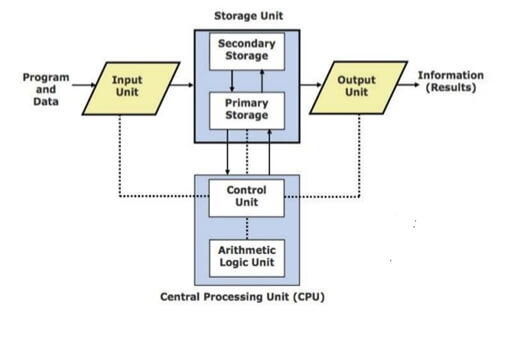 1. Input Unit − Devices like keyboard and mouse that are used to input data and instructions to the computer are included in this unit. 2. Output Unit − Devices like printer and visual display unit that are used to provide information to the user in desired format are included in this unit. 3. Control Unit − As the name suggests, this unit controls all the functions of the computer. All devices or parts of computer interact through the control unit. 4. Arithmetic Logic Unit − This is the brain of the computer where all arithmetic operations and logical operations take place. 1. Memory − All input data, instructions and data interim to the processes are stored in the memory. Memory is of two types – primary memory and secondary memory. Primary memory resides within the CPU whereas secondary memory is external to it. Control unit, arithmetic logic unit and memory are together called the Central Processing Unit or CPU. |
|
Various types of computers are used in world. They can be broadly classified by their speed and computing power into following Categories:
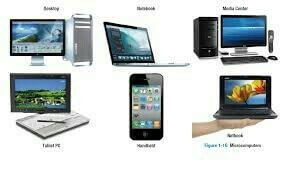
2. Minicomputer: It is a midsize multi-processing system. It can support up to 250 users simultaneously.
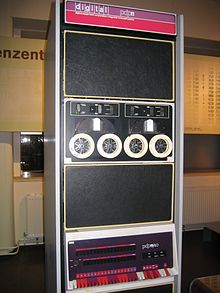
3. Mainframe: Mainframe is very large in size and is an expensive computer capable of supporting hundreds or even thousands of users simultaneously. Mainframe executes many programs concurrently and supports many simultaneous execution of programs.
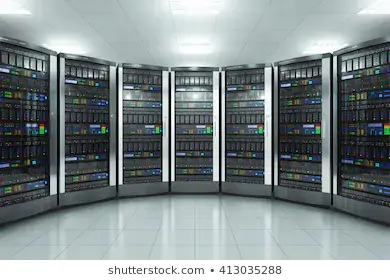
4. Supercomputer: Supercomputers are one of the fastest computers currently available. Supercomputers are very expensive and are employed for specialized applications that require immense amount of mathematical calculations (number crunching). It is an extremely fast computer, which can execute hundreds of millions of instructions per second.
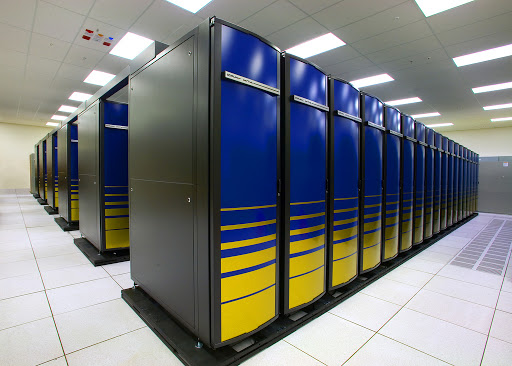 |
|
If we want to communicate with other, then there is a requirement of language to let other understand our ideas. If in place of other person there is a computer then that computer cannot understand any commands that you may give in English or in any other language. It has its own set of instructions for communication, or what we call computer languages. The user of a computer must be able to communicate with it. That means, he must be able to give the computer commands and understand the output that the computer generates. This is possible due to the invention of computer languages. Basically, there are three main categories of computer languages, namely Low Level Language, Middle Level Language and High Level Language.
Low Level Languages: Low level languages are the basic computer instructions or better known as Machine Languages. A computer cannot understand any instruction given to it by the user in English or any other high level language. These low level languages are very easily understandable by the machine. The main function of low level languages is to interact with the hardware of the computer. They help in operating, syncing and managing all the hardware and system components of the computer. They handle all the instructions which form the architecture of the hardware systems. Assembly Language: Assembly language was developed to overcome some of the many inconveniences of machine language. This is another low-level but very important language in which operation codes and operands are given in the form of alphanumeric symbols instead of 0’s and l’s. These alphanumeric symbols are known as mnemonic codes and can combine in a maximum of five-letter combinations e.g. ADD for addition, SUB for subtraction, START, LABEL etc. Because of this feature, assembly language is also known as ‘Symbolic Programming Language.' This language is also very difficult and needs a lot of practice to master it because there is only a little English support in this language. Mostly assembly language is used to help in compiler orientations. The instructions of the assembly language are converted to machine codes by a language translator and then they are executed by the computer. High Level Language: When we talk about high level languages, these are programming languages. Some prominent examples are PASCAL, FORTRAN, C++ etc. The important feature about such high level languages is that they allow the programmer to write programs for all types of computers and systems. Every instruction in high level language is converted to machine language for the computer to comprehend. High Level Languages are also divided into following Categories: Procedural Programming Language: This is a type of programming language that has well structured steps and complex procedures within its programming to compose a complete program. It has a systematic order functions and commands to complete a task or a program. FORTRAN, ALGOL, BASIC, COBOL are some examples. Object-Oriented Languages: These are high level languages that focus on the ‘objects’ rather than the ‘actions’. To accomplish this, the focus will be on data than logic. The reasoning behind is that the programmers really cares about the object they wish to manipulate rather than the logic needed to manipulate them. Some examples include Java, C+, C++, Python, Swift etc. Scripting Languages: Scripting languages or scripts are essentially programming languages. These languages employ a high level construct which allows it to interpret and execute one command at a time. Scripting languages are easier to learn and execute than compiled languages. Some examples are AppleScript, JavaScript, Pearl etc. |
|
Data is an important information about an entity or object. To keep the data in desired from we use the term data organisation. So Data organization is the process of sorting data by category to make raw data understandable. The word sorting is commonly used to organize the data in memory.
Following are the terms used in organizing data. Drive: A Drive is a location that is capable of storing and reading information that is not easily removed, like a disk. All drives store files and programs used by your computer. File: A file is a collection of records on secondary memory such as magnetic disks, magnetic tapes and optical disks. In general, a file is a sequence of bits, bytes, lines or records whose meaning is defined by the user of files. Directory: A directory is a location for storing files on your computer. A directory is used to store, organize, and separate files and directories on a computer. Like we can have a directory to store pictures and another directory to store all your documents. By storing specific types of files in a folder, you could quickly get to the type of file you wanted to view. In other words, to find a picture, you could open the pictures directory and find it a lot faster than you could if all your files were stored in the same directory. |
To be continued......... |